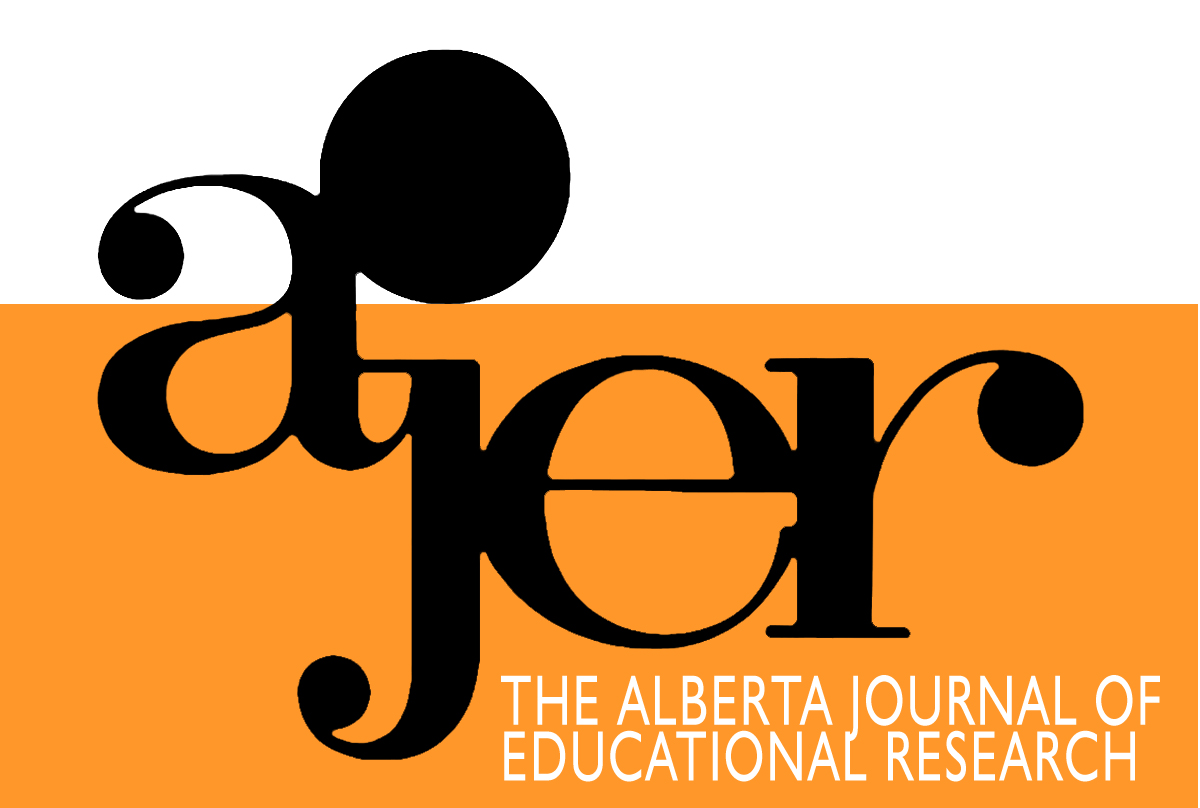Pre-service Mathematics Teacher Efficacy: Its Nature and Relationship to Teacher Concerns and Orientation.
DOI:
https://doi.org/10.55016/ojs/ajer.v60i1.55768Keywords:
teacher efficacy, teacher concern, teacher orientation, mathematics education, preservice teacher, mixed methods, Mots clés, efficacité des enseignants, préoccupations des enseignants, orientations des enseignants, enseignement des mathématiques, stagiaiAbstract
In a mixed method study, teacher efficacy and contributing theoretical constructs of teacher concerns and teacher orientation with Intermediate/Senior mathematics preservice teachers from two Ontario Faculties of Education are examined. Data sources include a web-based questionnaire containing two teacher efficacy scales and short answer questions, and interviews with the preservice teachers. The study identifies a relationship between teacher efficacy (TE) and teacher concerns and orientation, and how high TE relates to combinations of teacher concerns and orientations and low TE relates to particular and individual teacher concerns and orientations. Future research and considerations for preservice mathematics teacher programs are offered.
Cette étude à méthodologie mixte porte sur l’efficacité des enseignants et les modèles théoriques qui contribuent aux préoccupations et aux orientations des enseignants. La recherche a impliqué des stagiaires en mathématiques aux niveaux intermédiaire et sénior dans deux facultés d’éducation en Ontario. Les données proviennent d’un questionnaire en ligne comportant deux échelles qui évaluent l’efficacité des enseignants ainsi que des questions à réponses courtes, et des entrevues auprès des stagiaires. L’étude identifie un rapport entre l’efficacité des enseignants et leurs préoccupations et orientations, et démontre dans quelle mesure le niveau d’efficacité est lié à des préoccupations et des orientations particulières. On propose des éléments à prendre en compte et des facteurs de recherche à prendre en considération pour les programmes d’enseignement des mathématiques.
Downloads
Published
Issue
Section
License
UNIVERSITY OF ALBERTA COPYRIGHT LICENSE AND PUBLICATION AGREEMENT
If accepted, authors will be asked to sign a copyright agreement with the following points:
A. Where there is any inconsistency between this Copyright License and Publication Agreement and any other document or agreement in relation to the same subject matter, the terms of this Agreement shall govern.
B. This document sets out the rights you are granting in relation to publication of your article, book review, or research note entitled (the “Article”) through inclusion in the academic journal titled Alberta Journal of Educational Research (the “Journal”) published through the Faculty of Education, representing the Governors of the University of Alberta (the “Journal Editor”).
C. There will be no payment to you for this publication and grant of rights. In consideration of the agreement to publish the Article in the Journal:
1. You are warranting that:
- the content of the Article is your original work, and its content does not contain any material infringing the copyright of others; or, where the Article is not entirely your original work, you have obtained all necessary permissions in writing to grant the rights you are giving in this agreement;
- the content of the Article does not contain any material that is defamatory of, or violates the privacy rights of, or discloses the confidential information of, any other person;
- the Article has not been published elsewhere in whole or in part, and you will not allow publication of the Article elsewhere without the consent of the Journal Editor;
- the names of all co-authors and contributors to the Article are:
2. You agree to license the copyright in the Article to the Journal Editor, on a worldwide, perpetual, royalty free basis; and to the extent required by the terms of this agreement. You shall retain the right at all times to be acknowledged as the/an author of the Article.
3. You further agree that the Journal Editor has the entitlement to deal with the Article as the Journal Editor sees fit, and including in the following manner;
- The right to print, publish, market, communicate and distribute the Article and the Journal, in this and any subsequent editions, in all media (including electronic media), in all languages, and in all territories, ing the full term of copyright, and including any form of the Article separated from the Journal, such as in a database, abstract, offprint, translation or otherwise, and to authorize third parties to do so;
- The right to register copyright of the Journal;
- The right to edit the Article, to conform to editorial policy as the Journal Editor sees fit.
4. If any co-author or contributor to the Article does not sign this agreement, the Journal Editor reserves the right to refuse to publish the Article.



